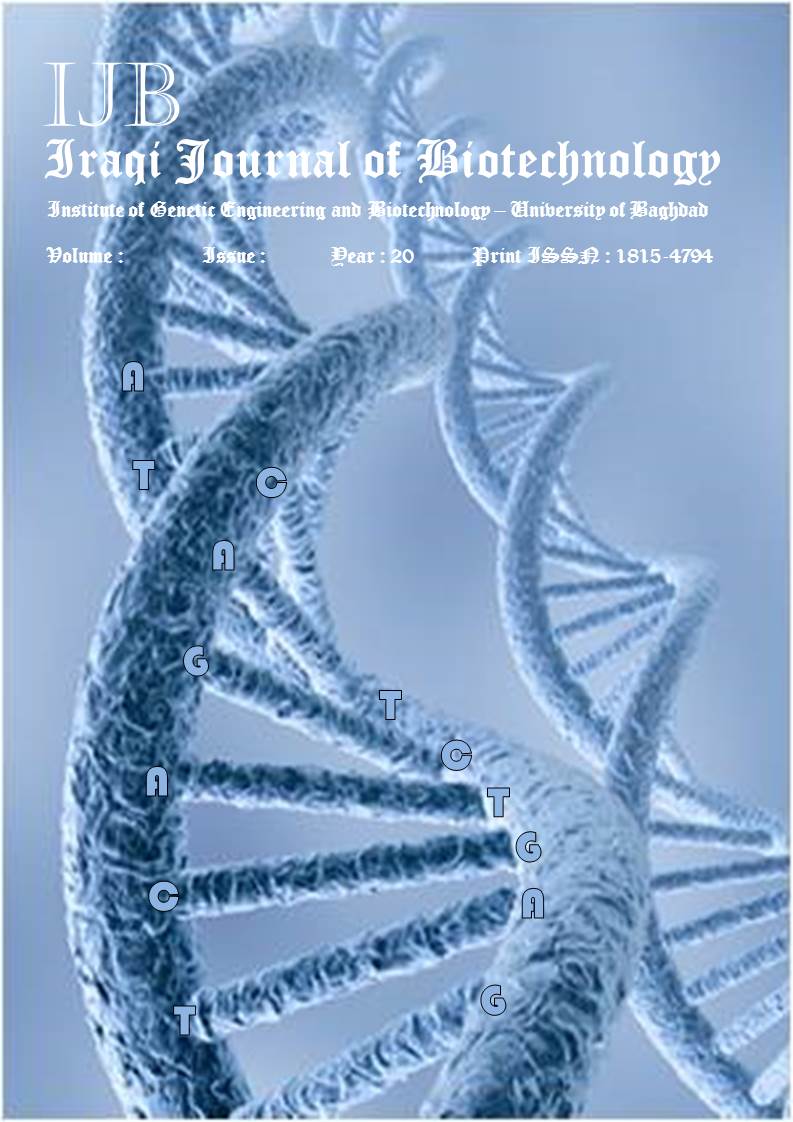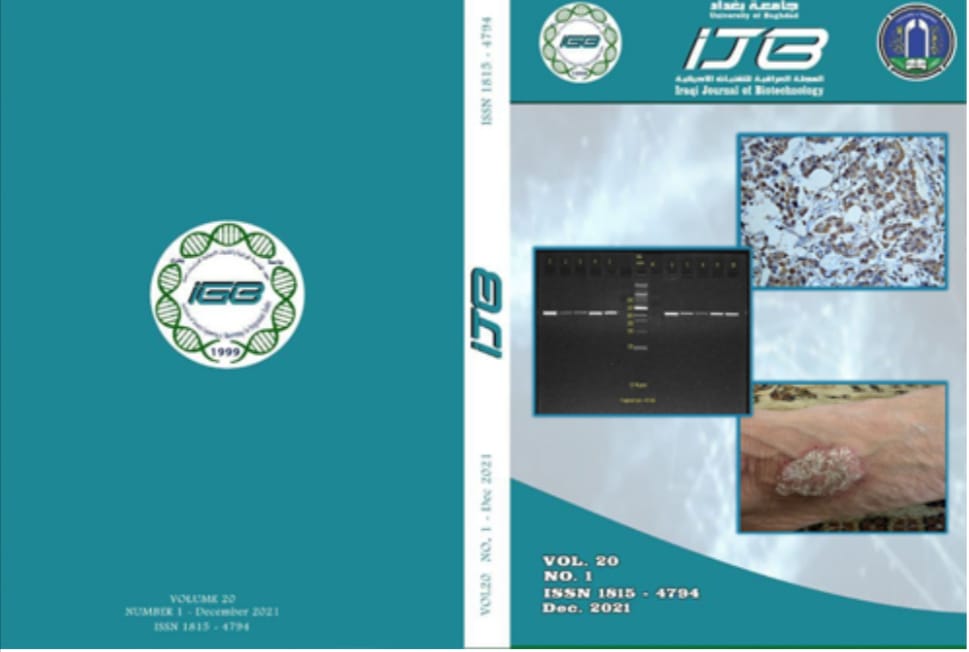Comparison Between Traditional and PCR Analysis for Identification of Oral Streptococci with Dental Caries in Iraqi Diabetic Patients
Abstract
The relationship between diabetic and non-diabetic patients were determined according to the dental caries occurrence and its causes by Streptococcus spp. (Streptococcus mutans, Streptococcus salivarius and Streptococcus oralis(which are isolated from oral cavity, In addition, this study was carried out to study the comparison between the traditional (bacterial culturing) and molecular diagnosis methods. The total number of the studied groups was 95 Iraqi patients ; 45 diabetic dental caries patients (DDCP) and 50 non-diabetic dental caries patients (NDCP) of both genders who their ages ranged from 18-65 years old. The patients, samples including saliva and buccal swabs that randomly collected from DDCP and NDCP who were reviewing Al-Alweyia Centers of Dental Caries and diabetic diseases in Al-Yarmook Hospital in Baghdad city. The results of culturing samples (saliva and buccal swabs) on mitissalivarius bacitracin agar media (MSBA) appeared that out of 95 bacterial cultures, 67 bacterial cultures were grown (32 bacterial cultures for diabetic dental caries patients and 35 bacterial cultures for non diabetic dental caries patients); S. mutans, S. salivarius, and S. oralis species were identified according to the results of microscopic examination, API 20-strep, hemolysis on blood agar, motility test and catalase test. The molecular study focused on the analysis of DNA which extracted directly from saliva, buccal swabs and from the bacterial culture cells of S. mutans, S. salivares and S. oralis from both diabetic dental caries patients and non diabetic dental caries patients. Polymerase chain reaction (PCR) results revealed the presence of the product with 433, 544, and 374 bp which were related to gtfD (S. mutans), gtfK (S. salivarius) and gtfR (S. oralis) respectively in all samples (saliva, buccal swabs and bacterial culture). According to the presence of these three genes, there were high significant differences at (p<0.01) between DDCP and NDCP, while there were no significant differences according to the percentage of presence of each gene between the three species of bacteria.


